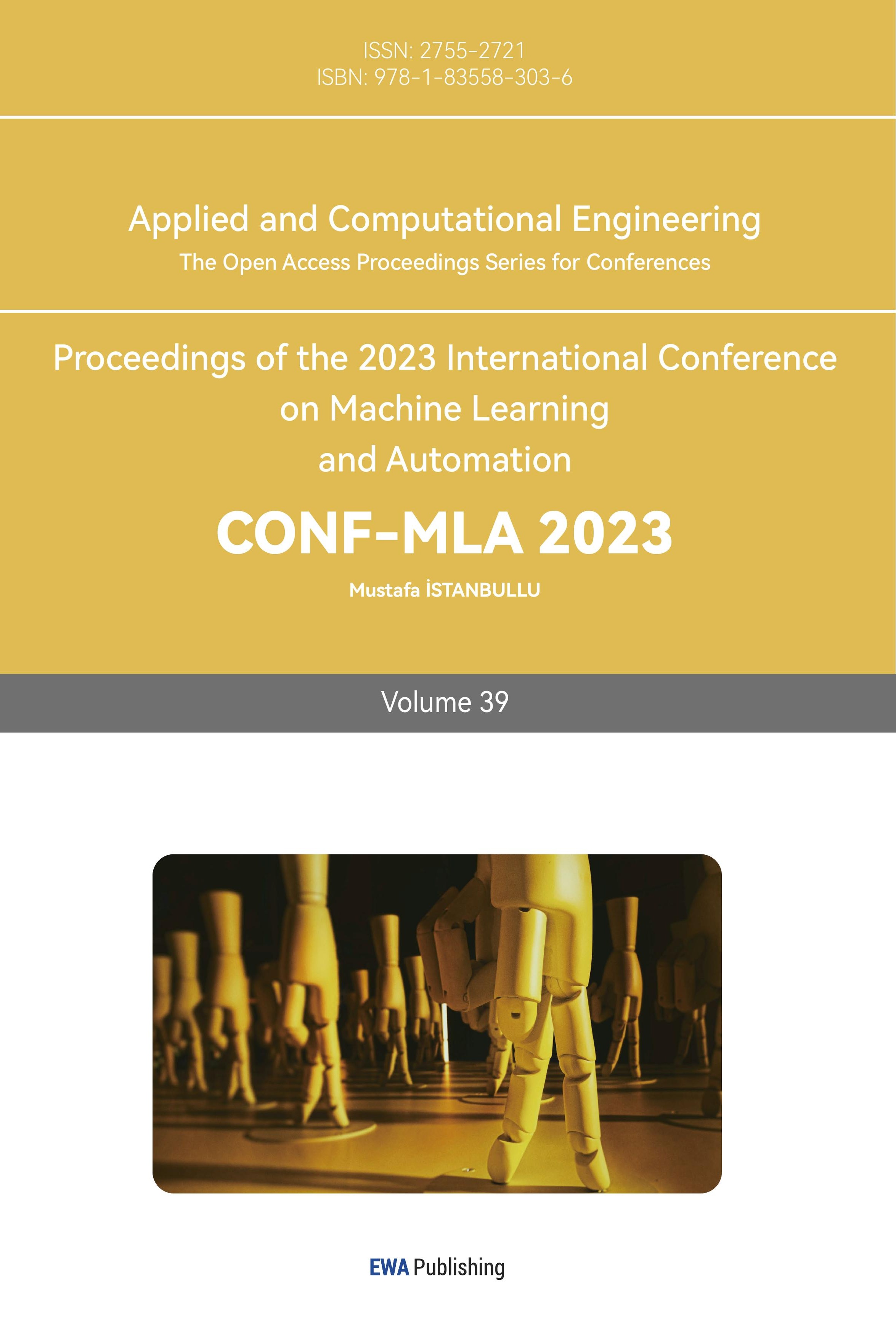References
[1]. Suri, L. , Lamba, D. , Kritarth, K. , & Sharma, G. (2013). High performance and power efficient 32-bit carry select adder using hybrid PTL/CMOS logic style. International Multi-conference on Automation. IEEE.
[2]. Sharma, G. , Nirmal, U. , & Misra, Y. (2011). A Low Power 8-bit Magnitude Comparator with Small Transistor Count using Hybrid PTL/CMOS Logic.
[3]. Luan, Lili. (2017). Characterization and comparison of single-supply absolute value circuits. Electronic Fabrication (22), 2.
[4]. Li, Y.-J., Wu, Y.-W., Zhang, E.-S., & Liang, Y. (2017). Front-end sampling design of active power filter based on absolute value circuit. Yunnan Power Technology (Vol. 45, pp. 3).
[5]. Iranmanesh, S. , Raikos, G. , Jiang, Z. , & Rodriguez-Villegas, E. (2016). CMOS implementation of a low power absolute value comparator circuit. New Circuits & Systems Conference. IEEE.
[6]. Kumngern, M. (2013). Absolute Value Circuit for Biological Signal Processing Applications. Proceedings of the 2013 4th International Conference on Intelligent Systems, Modelling and Simulation. IEEE.
[7]. Wu, Jian, Wu, W., & Jia, Qianwei. (2012). Application of absolute value circuits in analog-to-digital conversion. Automation Technology and Applications (8), 3.
[8]. Bhuyan, Muhibul & Riyadh, Md. Mubarak & Hossain, Md & Rahman, Md. (2020). Design and Simulation of a Low Design and Simulation of a Low Power and High-Speed 4-Bit Magnitude Comparator Circuit using CMOS in DSch and Microwind. 20. 82-94.
[9]. Mukherjee, D. N. , Panda, S. , & Maji, B. (2017). Design of Low Power 12-bit Magnitude Comparator. International Conference on Devices for Integrated Circuit.
[10]. Weste, N. , & Eshraghian, K. (1993). Principles of CMOS VLSI Design: Second Edition.
[11]. Chandrakasan, A. , & Brodersen, R. Low-Power CMOS Design. IEEE Xplore.
[12]. Morgenshtein, A. , Fish, A. , & Wagner, I. A. (2002). Gate-diffusion input (GDI): a power-efficient method for digital combinatorial circuits. IEEE Educational Activities Department.
Cite this article
Wang,Y. (2024). Design and analysis of 4-bit absolute-value comparator in 65nm technology using hybrid TG/CMOS. Applied and Computational Engineering,39,189-200.
Data availability
The datasets used and/or analyzed during the current study will be available from the authors upon reasonable request.
Disclaimer/Publisher's Note
The statements, opinions and data contained in all publications are solely those of the individual author(s) and contributor(s) and not of EWA Publishing and/or the editor(s). EWA Publishing and/or the editor(s) disclaim responsibility for any injury to people or property resulting from any ideas, methods, instructions or products referred to in the content.
About volume
Volume title: Proceedings of the 2023 International Conference on Machine Learning and Automation
© 2024 by the author(s). Licensee EWA Publishing, Oxford, UK. This article is an open access article distributed under the terms and
conditions of the Creative Commons Attribution (CC BY) license. Authors who
publish this series agree to the following terms:
1. Authors retain copyright and grant the series right of first publication with the work simultaneously licensed under a Creative Commons
Attribution License that allows others to share the work with an acknowledgment of the work's authorship and initial publication in this
series.
2. Authors are able to enter into separate, additional contractual arrangements for the non-exclusive distribution of the series's published
version of the work (e.g., post it to an institutional repository or publish it in a book), with an acknowledgment of its initial
publication in this series.
3. Authors are permitted and encouraged to post their work online (e.g., in institutional repositories or on their website) prior to and
during the submission process, as it can lead to productive exchanges, as well as earlier and greater citation of published work (See
Open access policy for details).
References
[1]. Suri, L. , Lamba, D. , Kritarth, K. , & Sharma, G. (2013). High performance and power efficient 32-bit carry select adder using hybrid PTL/CMOS logic style. International Multi-conference on Automation. IEEE.
[2]. Sharma, G. , Nirmal, U. , & Misra, Y. (2011). A Low Power 8-bit Magnitude Comparator with Small Transistor Count using Hybrid PTL/CMOS Logic.
[3]. Luan, Lili. (2017). Characterization and comparison of single-supply absolute value circuits. Electronic Fabrication (22), 2.
[4]. Li, Y.-J., Wu, Y.-W., Zhang, E.-S., & Liang, Y. (2017). Front-end sampling design of active power filter based on absolute value circuit. Yunnan Power Technology (Vol. 45, pp. 3).
[5]. Iranmanesh, S. , Raikos, G. , Jiang, Z. , & Rodriguez-Villegas, E. (2016). CMOS implementation of a low power absolute value comparator circuit. New Circuits & Systems Conference. IEEE.
[6]. Kumngern, M. (2013). Absolute Value Circuit for Biological Signal Processing Applications. Proceedings of the 2013 4th International Conference on Intelligent Systems, Modelling and Simulation. IEEE.
[7]. Wu, Jian, Wu, W., & Jia, Qianwei. (2012). Application of absolute value circuits in analog-to-digital conversion. Automation Technology and Applications (8), 3.
[8]. Bhuyan, Muhibul & Riyadh, Md. Mubarak & Hossain, Md & Rahman, Md. (2020). Design and Simulation of a Low Design and Simulation of a Low Power and High-Speed 4-Bit Magnitude Comparator Circuit using CMOS in DSch and Microwind. 20. 82-94.
[9]. Mukherjee, D. N. , Panda, S. , & Maji, B. (2017). Design of Low Power 12-bit Magnitude Comparator. International Conference on Devices for Integrated Circuit.
[10]. Weste, N. , & Eshraghian, K. (1993). Principles of CMOS VLSI Design: Second Edition.
[11]. Chandrakasan, A. , & Brodersen, R. Low-Power CMOS Design. IEEE Xplore.
[12]. Morgenshtein, A. , Fish, A. , & Wagner, I. A. (2002). Gate-diffusion input (GDI): a power-efficient method for digital combinatorial circuits. IEEE Educational Activities Department.









